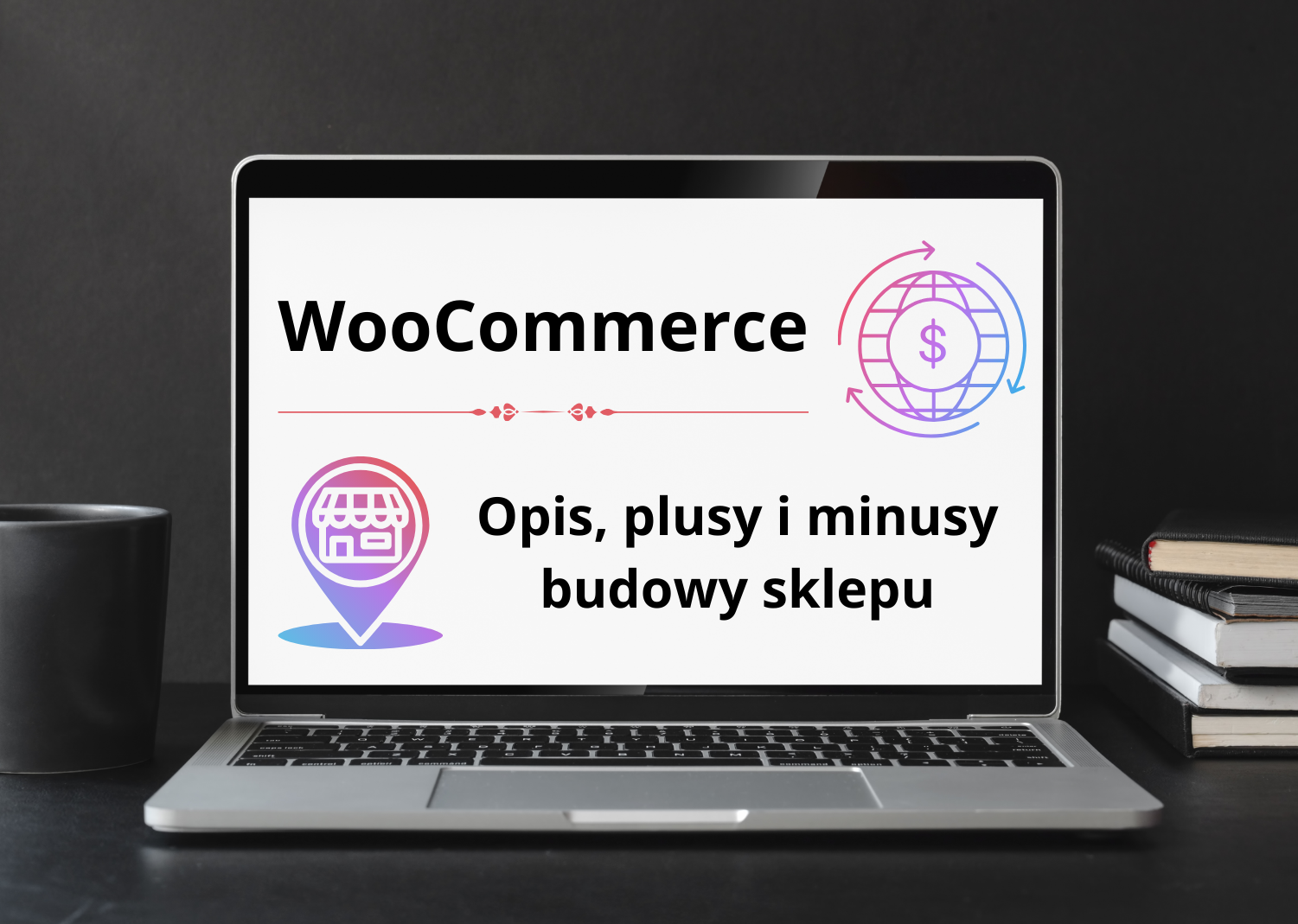
In a nutshell:
- What is SEO?
- How does SEO affect business?
- For what reason does SEO produce such good results?
- How do you get started with SEO?
- Summary
W tym artykule sprawdzimy, czym jest SEO, jak może ono pomóc Twojemu biznesowi oraz w jaki sposób można rozpocząć działania SEO. Krok po kroku wskażemy, co możesz zrobić, aby Twoja firma osiągała lepsze wyniki.

What is SEO?
SEO (Search Engine Optimisation) is the process of increasing the visibility of a website in organic search results. Key elements of SEO include On Page SEO and Off Page SEO, i.e. optimising content, page structure, linking and technical aspects such as page load speed and responsiveness.
The process takes time and the first results are usually visible after 3-6 months. Nevertheless, it is worth investing in SEO because the results include increased visibility, higher conversions and improved visitor statistics. Simply put, SEO = profit.
Here are some of the basic activities that make up an SEO strategy:
- Analytics and diagnostics, i.e. using appropriate tools to analyse the site and diagnose problems.
- Keyword strategy is linked to the research and selection of key phrases. The strategy is tailored to your specific business.
- Content optimisation concerns their creation in terms of SEO.
- Link building is the acquisition of valuable links leading to the site.
- Technical SEO is designed to improve the loading speed of the website, affect its responsiveness, architecture, security and also monitor for errors.
How does SEO affect business?
- Increases website traffic
Improved positioning in Google search results attracts more visitors.
- Builds customer relationships
Websites that rank high in search results are seen as more reliable. In addition, creating valuable content answers the questions and needs of potential customers, which increases the chances of leaving contact details.
- Improves user experience (UX)
Technical optimisation, such as fast page loading, responsiveness and intuitive navigation, results in users spending more time on the site, which translates into interest in the item/service.
- Attracts local users
Optimising for local search attracts customers from a specific region who may be more interested in your services.
- Improves conversions
Odpowiednio ukierunkowany ruch dociera do potrzeb użytkowników. Dzięki SEO przyciągasz ruch o wyższej jakości, który ma większe szanse na konwersję.
For what reason does SEO produce such good results?
The research results speak for themselves. A company that invests in SEO is a successful company.
Positioning delivers excellent results for several key reasons:
- Google's dominance
Google has 85.53% of search market share, and 75% of users do not browse results beyond the first page. For this reason, pages ranking higher are much more likely to attract attention.
- High click-through rate
The first organic result on Google achieves an average click-through rate of 28.5%, highlighting the importance of ranking high in search results to increase traffic.
- Increasing brand visibility
SEO improves brand recognition and reputation because 68% the online experience starts with search engines. Optimising a website increases its visibility and attracts more visitors.
- Attracting new customers
Organic traffic generates 53% of total website traffic and attracts 1000% more visitors than social media.
- Long-term benefits
SEO to inwestycja, która przynosi długoterminowe korzyści. Choć efekty nie są natychmiastowe, dobrze zaplanowana strategia SEO zapewnia trwały wzrost widoczności i ruchu. Wartość branży SEO w 2023 roku przekroczyła 50 miliardów dolarów.

How do you get started with SEO?
Starting an SEO effort requires a multi-faceted approach that includes the following steps:
- Comprehensive SEO audit:
- Analytics and diagnostics: Use tools such as Google Analytics and SEMrush to analyse the site and diagnose problems.
- Technical SEO audit: Check the site's accessibility to search engine robots, loading speed, URL structure and configuration of the sitemap and robots.txt file.
- Content analysis: Evaluate content quality, keyword optimisation and responsiveness to user needs.
- UX evaluation: Make sure the navigation is intuitive and the site is responsive and easy to use on different devices.
- Technical optimisation:
- Page loading speed: Apply techniques such as image compression, minification of CSS and JavaScript files and use of CDNs to speed up loading.
- Responsiveness: Ensure full functionality of the site on different devices, especially mobile.
- URL structure: Keep URLs short, descriptive and containing keywords.
- Keyword Strategy:
- Analysis: Use tools such as Google Keyword Planner, Ahrefs or SEMrush to identify relevant keywords.
- Industry fit: Select keywords related to products, services and guide content.
- Competition analysis: Check the keywords used by competitors to find inspiration and unique phrases and gaps in the market.
- Long tail phrases: Focus on long, specific phrases that attract more targeted users.
- Content optimisation:
- Creation of valuable content: Publish content that answers users' questions.
- Use of keywords: Naturally incorporate keywords into content, headings, meta descriptions, alt text images and page titles, avoiding over-saturation.
- Title and Description optimisation: Create compelling titles and descriptions with calls to action to increase click-through rates.
- Readability: Improve the readability of content by adding paragraphs, subheadings, graphics and internal links.
- Link Building:
- Internal links: Use internal links to improve site navigation.
- External links: Acquire valuable links from external sites to increase the authority and visibility of your site.
- Analytics and monitoring:
- Google Analytics and Search Console: Monitor SEO performance, analyse website traffic, user behaviour and conversion rates.
- Strategy adaptation: Regularly adjust your SEO strategy based on the data collected to respond to changing market conditions.
- Local SEO (if applicable):
- Customer feedback: Collect positive reviews that can influence customer decisions.
- Local keywords: Focus on local phrases to reach customers in your area.
Wszystkie wymienione elementy wskazują jak zacząć podstawowe SEO krok po kroku.
If you don't know how to get started, consult an interactive agency. Specialists will help you get started with SEO or guide the strategy for you so you can focus on other aspects of your business.

Summary
In summary, SEO not only increases the amount of traffic to your website, but also improves its quality, leading to more conversions. An effective SEO strategy makes your business more visible among competitors, attracting more interest and potential customers.
See also
- Website builder vs. working with a company
- A website for a company: What does a good website need to have?
- SEO optimisation for your business: 4 keyword selection rules you should know

 3 minutes reading
3 minutes reading


